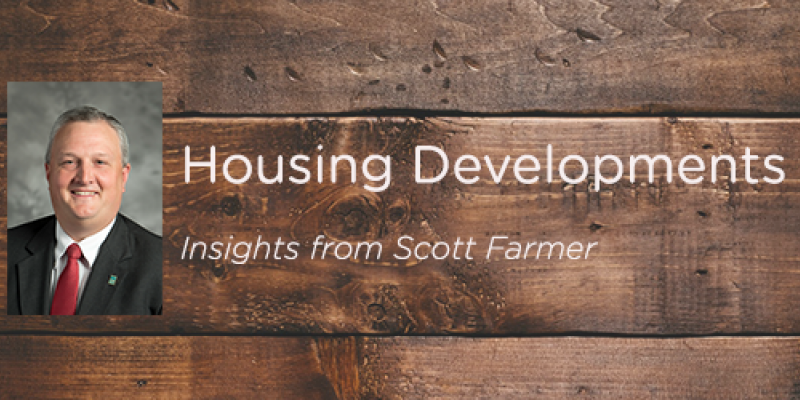
Stories on the struggle for affordable housing are increasingly in the media nationwide. For the first time in years, we do not have a public awareness problem, which is good news. But, according to Dr. Tiffany Manuel, a social scientist who has spent her career building public support around the issues of poverty, inequality and social exclusion, it’s also the bad news.
Addressing nearly 1,000 housing professionals at this year’s NC Affordable Housing Conference, Dr. Manuel made the case that we need to shift our message from the affordability problem to the “we” and the “why” of the solutions—why ensuring access to housing matters to everyone, not just those with lower incomes. She emphasized that housing data isn’t persuasive if people don’t see any connection to their own lives.
Let that sink in for a moment. Like many of you, I’ve spent a good chunk of my career using numbers—how many people are in need of housing versus how many affordable units are available, for example. Turns out that’s not enough. The public knows that our most vulnerable citizens can’t access safe, affordable housing. But do they care?
Dr. Manuel says no. The downside of the renewed public awareness is that our housing messages are backfiring. The public doesn’t see housing affordability as a shared concern but as a problem not related to them. It is vital that we move the conversation from need to benefits. Here’s how Dr. Manuel recommended we begin:
Tell the story of us: Tell the story people can see themselves in, such as how we need the people—the police, firefighters, nurses, school janitors, etc.—who need affordable housing.
Be clearer on causes and effects: It’s not enough to talk about how many people can’t afford housing. We need to show why: rising rents, stagnant wages, higher home prices, scarce affordable housing stock, etc. and leverage this data to show community impacts.
Connect the dots: A wealth of research exists that proves stable, affordable housing leads to better education and health outcomes and shows how good housing benefits employment, public safety and the economy. This broader message can resonate with the public and invite collaboration with other industries.
Use robust examples: Don’t focus on what is broken, but showcase how it’s being fixed. Talk about how housing investments are working in your community.
I’m pleased to share that our Agency is placing more emphasis on this other side of the equation—how affordable housing works not just for those living in it, but for the community at large. We have published papers outlining the benefits of affordable housing, particularly related to education, health and the economy, as well as research that shows how home ownership and rental housing investments stabilize neighborhoods, boost family and community wealth and save public and private health care dollars. Our annual Investments and Impact report illustrates how housing builds the state of North Carolina by providing affordable options for its hardworking citizens.
I encourage you to use these resources to connect your message with other public concerns in your communities. And as Dr. Manuel emphasized, don’t look at the problems of the past. Instead, share an aspirational view of what North Carolina can look like in the future and the role that housing can—and should—play.
Learn more by downloading You Don’t Have to Live Here: Why Housing Messages Are Backfiring and 10 Things We Can Do About It.